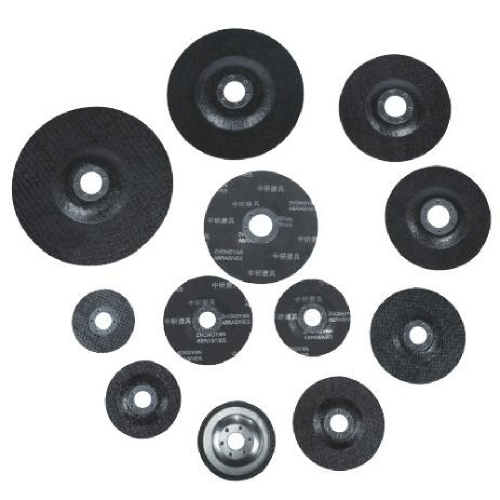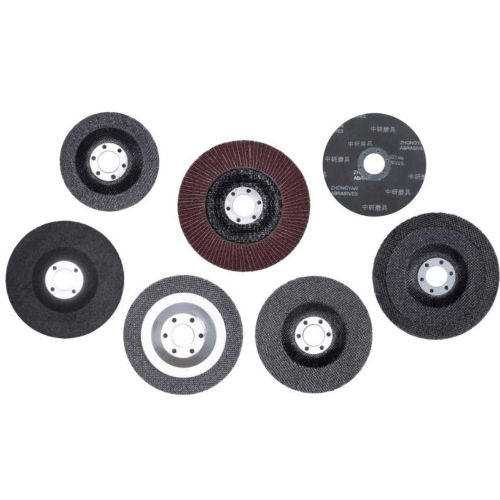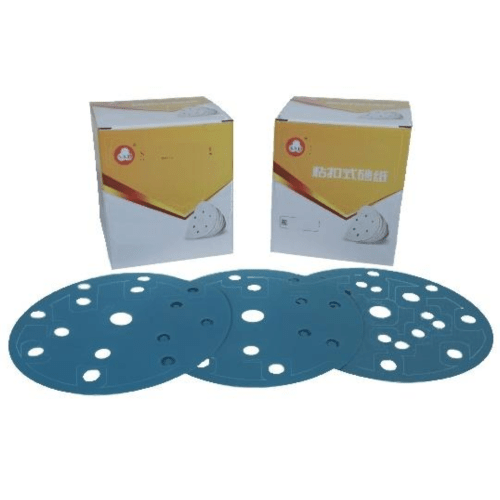hjul som tåler aldring
Motstand mot hjulaldring representerer en kritisk kvalitetskontroll i bil- og dekkindustrien, utformet for å evaluere og sikre hjulenes langsiktige holdbarhet og ytelse under ulike miljøforhold. Denne omfattende testprosessen simulerer akselererte aldringsforhold for å vurdere hvordan hjulene beholder sin strukturelle integritet, mekaniske egenskaper og estetiske kvaliteter over tid. Teknologien bruker spesialiserte kamre som utsetter hjulene for kontrollerte sykluser av temperaturvariasjoner, UV-stråling, fuktighet og oksidativ stress, og etterligner år med naturlig aldring innenfor en komprimert tidsramme. Prosessen innebærer vanligvis å utsette hjul for temperaturer mellom -40°C og +80°C, varierende fuktighet mellom 20 % og 95 %, samt kontrollert eksponering for UV-stråling og ozon. Disse kontrollerte forholdene hjelper produsentene med å identifisere potensielle svakheter i hjuldesign, materialammensetning og produksjonsprosesser før produktene kommer ut på markedet. Testprosedyrene er i samsvar med internasjonale standarder som ASTM D573 og ISO 188, og sikrer dermed en konsistent vurdering av kvalitet gjennom hele industrien. Moderne testing av hjulmotstand mot aldring inkluderer avanserte overvåkingssystemer som gir sanntidsdata om materialnedbrytning, overflateendringer og strukturelle modifikasjoner, og som gjør det mulig for produsenter å ta informerte beslutninger om produktutvikling og kvalitetskontroll.


